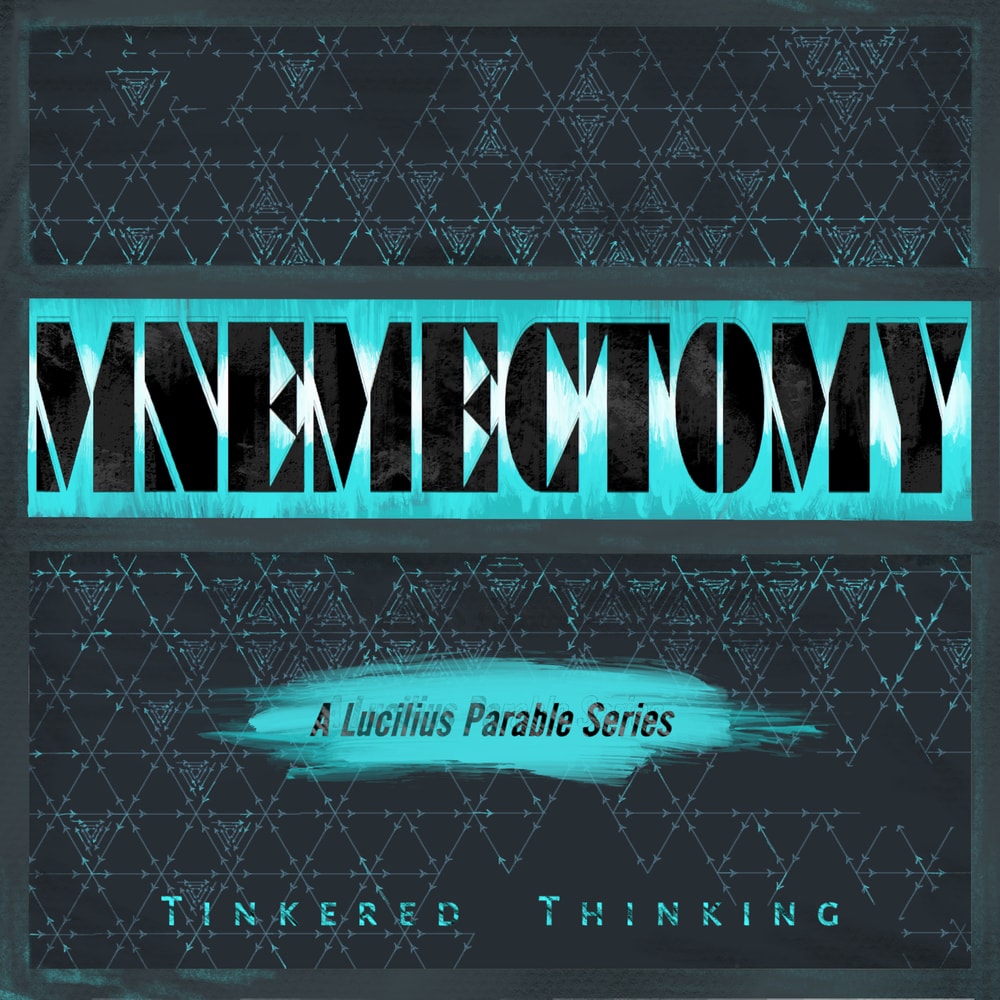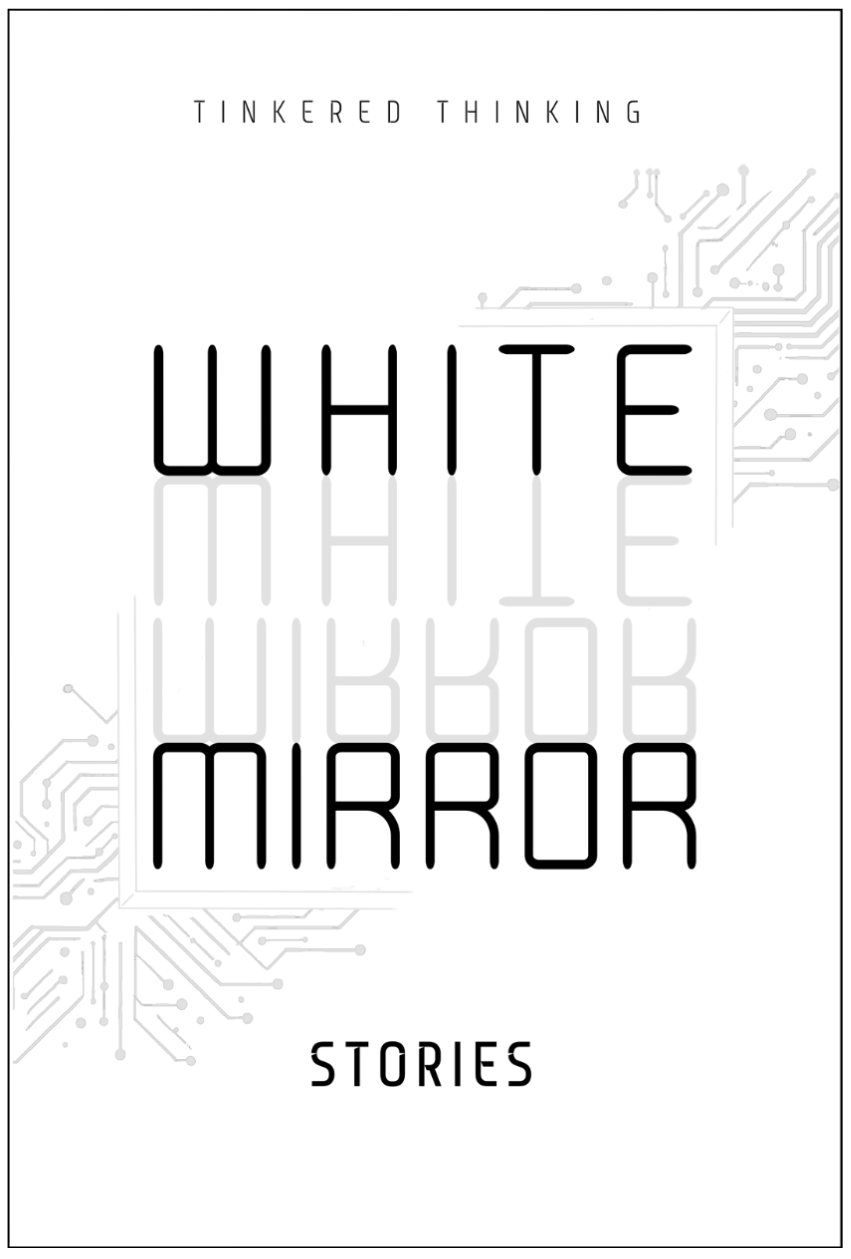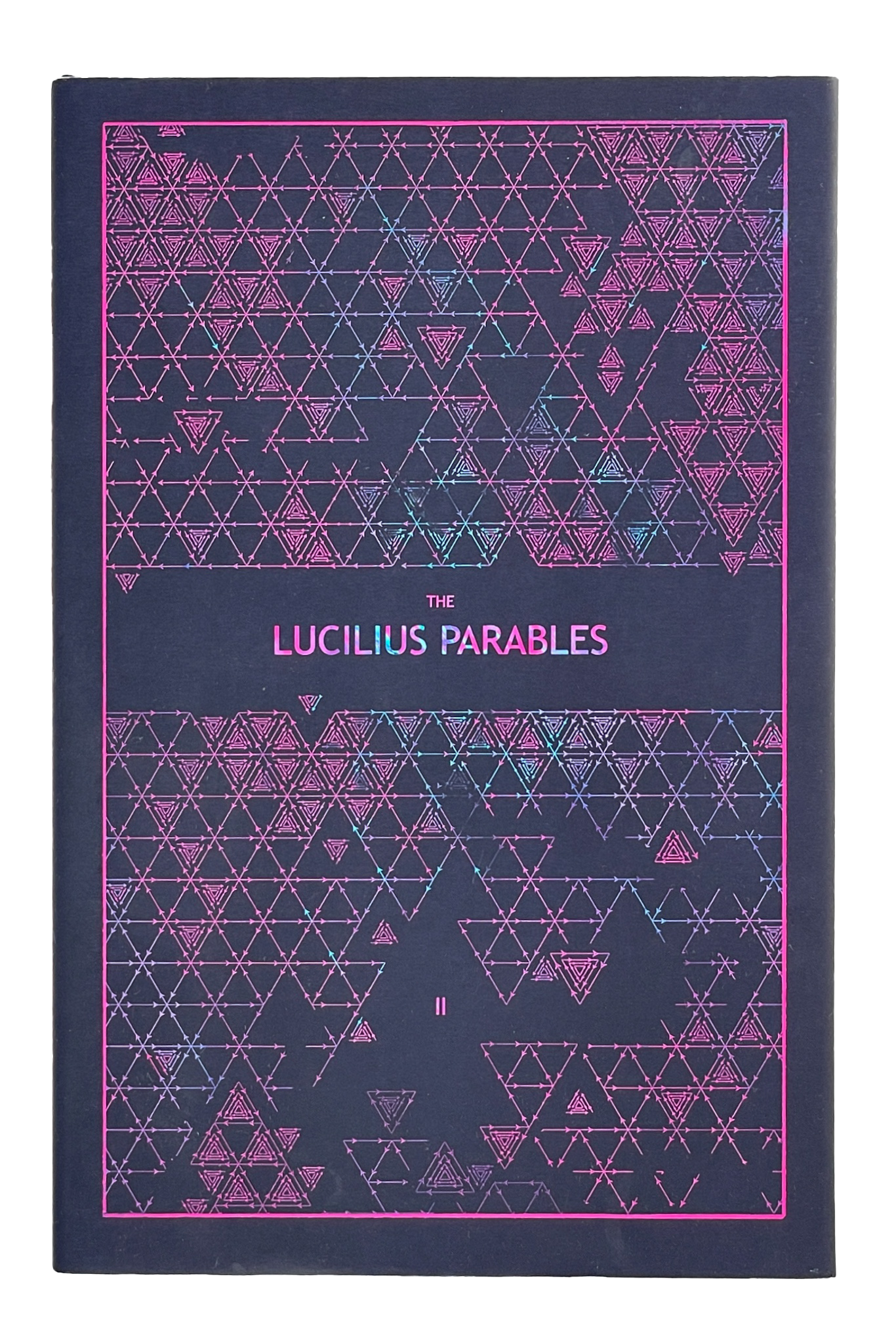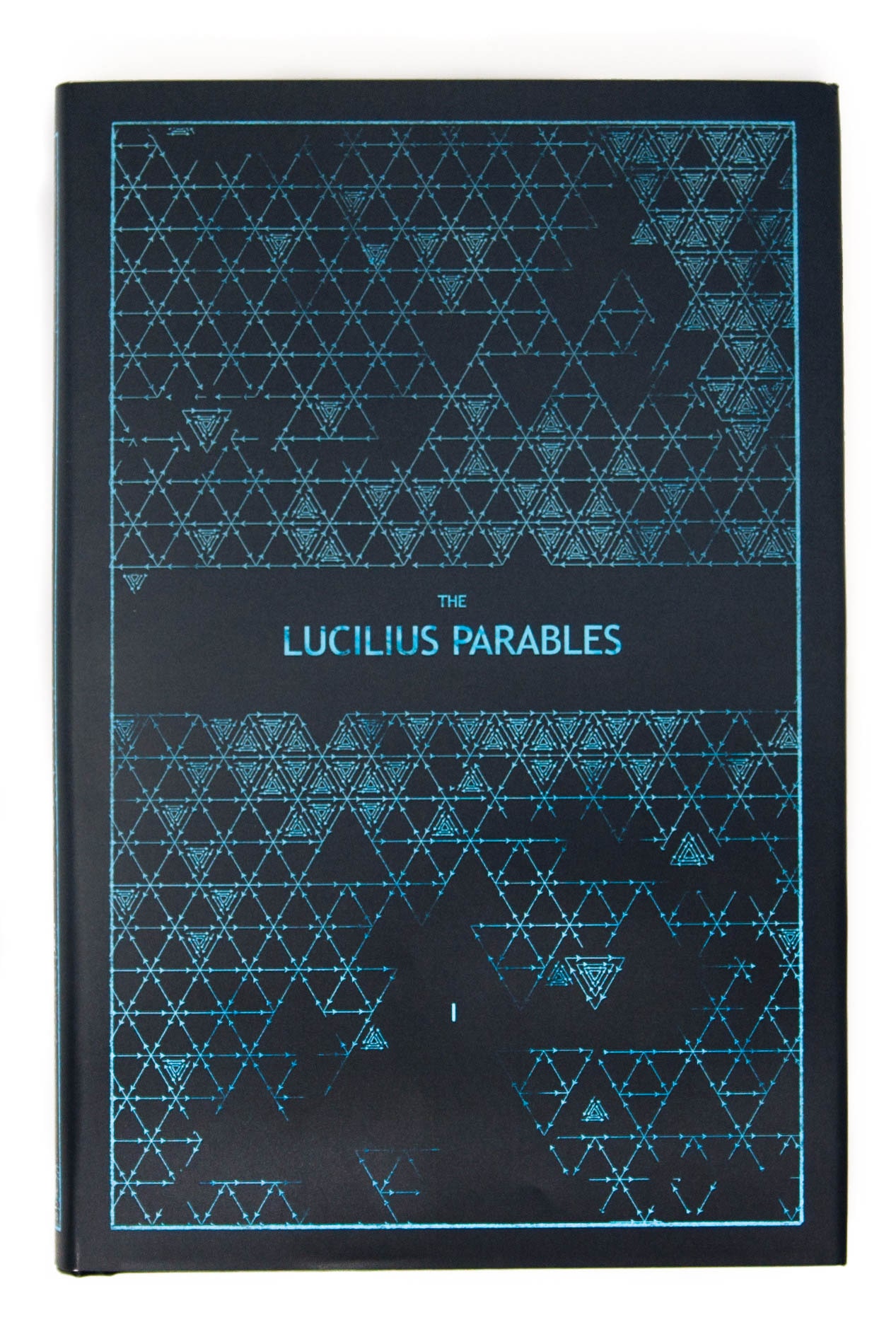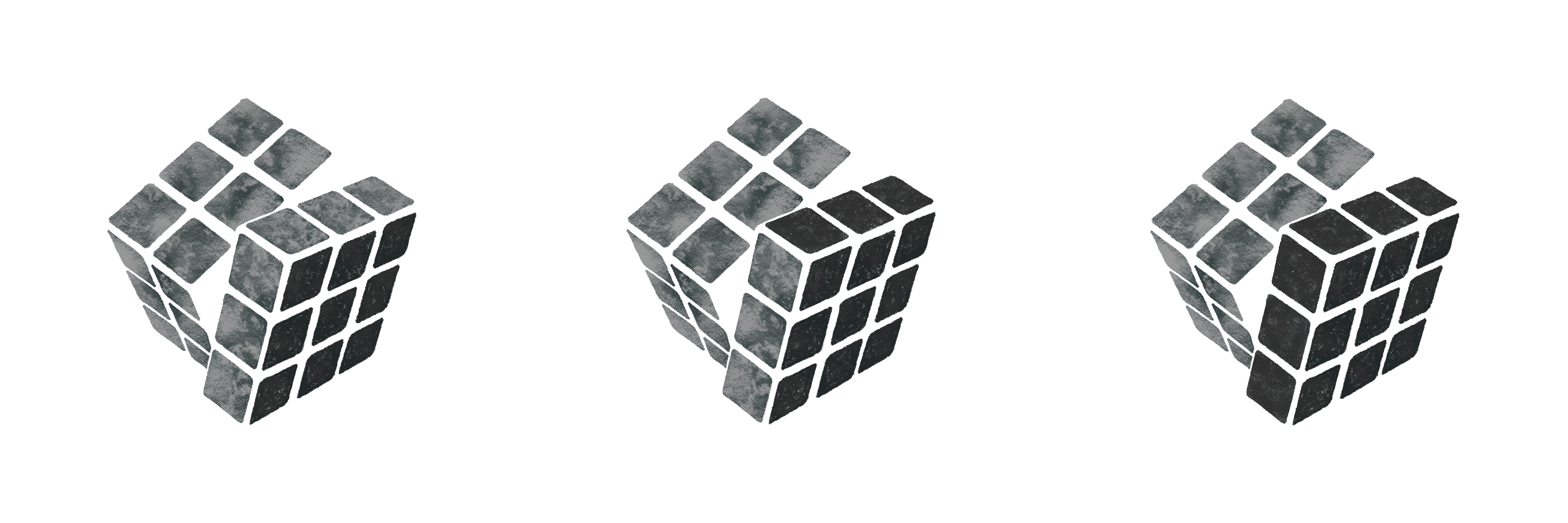Daily, snackable writings to spur changes in thinking.
Building a blueprint for a better brain by tinkering with the code.
subscribe
rss Feeds
SPIN CHESS
A Chess app from Tinkered Thinking featuring a variant of chess that bridges all skill levels!
REPAUSE
A meditation app is forthcoming. Stay Tuned.
THE SHAPESHIFTER
January 26th, 2022
Can you consciously imagine a thought you’ve never thought before? It’s a feat easily achieved by reading an excellent book. But in solitude, with no stimulation: can you consciously imagine a thought you’ve never thought before?
A new thought or idea feels a bit different from the same old humdrum that seems to fill the mind’s walls. It’s a bit like a surprise, like an unexpected gift from a friend. Where did come from? What was the purpose, the origin, the occasion? Why? Is an overwhelming reaction if the event is given any thought.
But usually the experience of a new thought is too engrossing to be bothered with any kind of meta analysis about the moment. Consciousness has taken a different shape, and there’s often pleasure in the novelty.
The state of our mind has a composition. How to describe this composition is the aim and practice of many arts. Composition of consciousness can be visual and auditory, it can be in language or feeling, which the arts try to capture and recreate in others. The myriad and subtle sensations that form the kaleidoscopic shape of consciousness eventually reshape to form patterns. It’s a shapeshifter with a heartbeat, and often we are just going through the motions, literally, and figuratively.
An experience like one created by a strong psychedelic takes that routine shapeshifter and bends and contorts it all out of the usual forms. But wonder: can’t the same be achieved my merely reading someone’s first hand account of such an experience?
The answer is most certainly no. An approximation can certainly be constructed by reading such accounts, but the mental approximation and the actual experience, or we might say: the shape our consciousness takes in response to reading a description, and the shape our consciousness takes during the actual experience of such an event are radically different.
Pushing the shape of consciousness beyond the bounds of its routine configurations often requires something outside of consciousness to radically impact the shape. The boredom of our routine and patterned shape shifting has us constantly on the lazy prowl for something that might do this - but not too much. The methods for extreme shifting of consciousnesses shape are all too obvious and known. And such a statement does not merely apply to something as radical as psychedelics. The same can be said for learning something completely new and very difficult. The experience is profound in similar ways: much of it can be unpleasant, but the capacity and variety of shape of one’s consciousness is forever altered.
Excellent entertainment seeks a kind of lukewarm contradiction: just titillating enough to distract from the moment’s boredom, not enough to radically disturb someone.
And what might be said of very good art? In this context it might be an accurate and successful attempt to capture the shape of an artist’s consciousness. Or perhaps it goes beyond this and it’s the artist’s attempt to change the shape of the viewer’s consciousness.
Compare the shape shifting here of art, entertainment and psychedelics with that of spending time with little children. The experience is likely to be a challenge, one where much falls outside the realm of logic or common sense, often resulting in frustration, and even anger. And yet spending time with energetic small children is always punctuated with moments of extreme preciousness, that leave the mind reeling that frustration and anger ever could have come about during such an experience. That is, of course, until the next rather insane choice of behavior takes ahold of such a child.
With all the clatter, noice of the world, it’s strange that we don’t crave and rejoice in silence and stillness. Certainly many say they crave such things, but solitary confinement is also our most severe punishment next to the death penalty, and most people, if given absolutely no stimulation would likely be very uncomfortable. We crave a certain medium frequency when it comes to the changing shape of our consciousness. Like Goldilocks and her three bears: not too rambunctious or weird, not too quiet and slow, but somewhere in the middle is just right. But even there, satisfaction is rarely found, and dreams of extremes form at the edges of consciousness. It as though fear, like a thick sheet, presses the the shape of our consciousness back into it’ usual forms while courage stretches out against it, always trying to pierce that rival, yearning for what shape it might take beyond the restraint.
-compressed.jpg)
